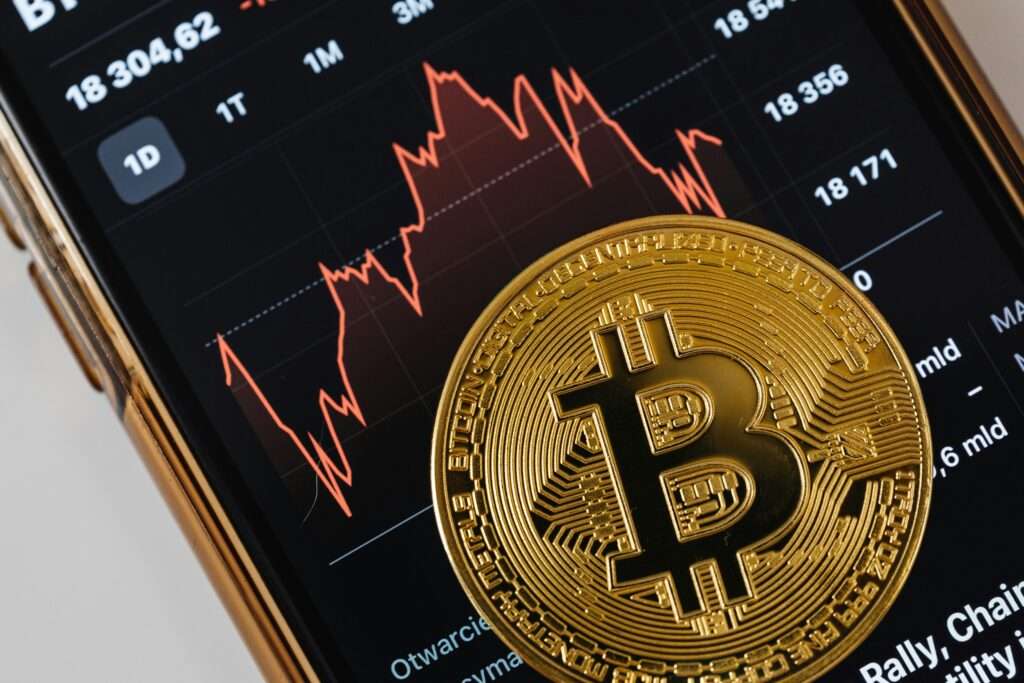
Introduction
The rise of cryptocurrencies has created new opportunities for investors, but it has also attracted hackers and scammers. Protecting your digital assets requires proactive security measures to guard against theft and fraud. This guide provides essential tips, including two-factor authentication, cold wallets, and phishing prevention, to help you secure your cryptocurrency investments.
Why Securing Your Cryptocurrency Is Crucial
Unlike traditional bank accounts, cryptocurrency transactions are irreversible and decentralized, meaning there is no safety net if your assets are stolen. The anonymity and accessibility of digital currencies make them a prime target for cybercriminals. To safeguard your holdings, it’s essential to adopt robust security measures.
Best Practices for Protecting Crypto Investments
1. Use Two-Factor Authentication (2FA)
Two-factor authentication adds an extra layer of security by requiring two forms of identification to access your account.
- How It Works: After entering your password, you’ll need to input a one-time code sent to your mobile device or generated by an authentication app like Google Authenticator or Authy.
- Best Practices for 2FA:
- Use authentication apps instead of SMS-based 2FA, as SIM-swapping attacks can compromise SMS codes.
- Enable 2FA on all cryptocurrency exchanges and wallets.
2. Store Assets in Cold Wallets
Cold wallets are offline storage devices that offer the highest level of security for your crypto.
- Types of Cold Wallets:
- Hardware Wallets: Devices like Ledger Nano X or Trezor Model T store private keys offline.
- Paper Wallets: A printed copy of your private and public keys.
- Why Choose Cold Wallets?
- Immune to online hacks or malware.
- Ideal for long-term storage of significant holdings.
3. Avoid Leaving Funds on Exchanges
Cryptocurrency exchanges are frequent targets for hackers. Keeping your assets in exchange wallets increases the risk of losing them.
- What to Do:
- Transfer funds to a personal wallet immediately after purchasing.
- Only keep funds on exchanges if actively trading.
4. Beware of Phishing Scams
Phishing attacks trick users into revealing sensitive information, such as private keys or login credentials.
- Common Tactics:
- Fake websites resembling legitimate platforms.
- Emails or messages impersonating exchanges or wallet providers.
- How to Prevent Phishing:
- Verify URLs before logging in or entering sensitive data.
- Avoid clicking on links in unsolicited emails or messages.
- Use bookmarks to access frequently used crypto platforms.
5. Regularly Update Software and Firmware
Keeping your wallets, exchanges, and devices updated ensures they have the latest security patches.
- Steps to Follow:
- Enable automatic updates for apps and operating systems.
- Regularly check for firmware updates on hardware wallets.
6. Secure Your Private Keys
Private keys are the most critical component of your cryptocurrency security. Losing them means losing access to your funds.
- Best Practices:
- Never share your private keys with anyone.
- Use encrypted backups for digital storage.
- Consider splitting private keys and storing them in separate locations.
7. Utilize Strong and Unique Passwords
Weak or reused passwords are an open door for hackers.
- Tips for Strong Passwords:
- Use a combination of upper and lowercase letters, numbers, and symbols.
- Avoid personal information like birthdays or names.
- Use a password manager to generate and store secure passwords.
8. Enable Multi-Signature Wallets
Multi-signature (multi-sig) wallets require multiple private keys to authorize transactions, adding another layer of protection.
- Benefits of Multi-Sig Wallets:
- Prevents single-point failures.
- Suitable for shared or corporate accounts.
9. Monitor Your Accounts Regularly
Keeping an eye on your accounts helps detect unauthorized activity early.
- How to Monitor Effectively:
- Set up email or app notifications for account activity.
- Regularly review transaction histories.
10. Educate Yourself About Security Threats
Cybercriminals continually evolve their methods, making education a vital defense.
- Stay Updated By:
- Following trusted crypto news outlets.
- Participating in community forums for the latest insights.
- Watching tutorials and webinars on crypto security.
Common Mistakes to Avoid
- Using Public Wi-Fi for Crypto Transactions:
Public networks are susceptible to hacking. Use a Virtual Private Network (VPN) for secure connections. - Saving Private Keys Online:
Storing keys on cloud services or email accounts exposes them to potential breaches. - Ignoring Backup Strategies:
Without backups, hardware failures or lost devices can result in permanent loss of funds.
Conclusion
Securing your cryptocurrency investments is not optional—it’s a necessity. By implementing these best practices, including two-factor authentication, cold wallet storage, and phishing prevention, you can significantly reduce the risk of losing your assets. Stay vigilant, stay informed, and prioritize security in every crypto transaction.
Read More…
FAQs
- What is the safest way to store cryptocurrency?
Cold wallets, such as hardware or paper wallets, are the safest options for storing crypto. - How can I avoid phishing scams in crypto?
Always verify website URLs, avoid clicking on unsolicited links, and use bookmarks for accessing trusted platforms. - Is two-factor authentication necessary?
Yes, 2FA adds an essential layer of security to your accounts, making unauthorized access much more difficult. - Can I recover lost private keys?
No, lost private keys cannot be recovered, which is why secure storage and backups are critical. - Why shouldn’t I leave funds on an exchange?
Exchanges are frequent targets for hackers. Transferring funds to a personal wallet provides greater security. - AIPRM
